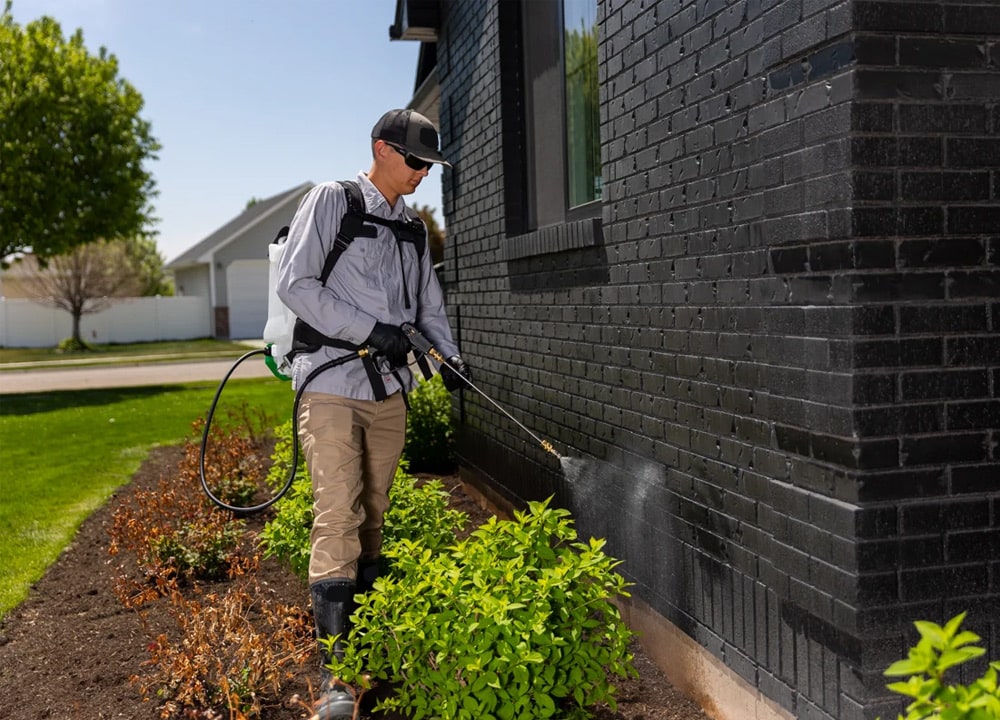Picture this: You are in the kitchen at midnight and feel like something has just passed you. Yes, you may think that’s a ghost, especially if you watched a horror movie before sleeping. But it’s not really! Instead, that is a cute, tiny, but nuisance house mouse. And the moment you see one, you should realize there can be more. Yet, you shouldn’t delay getting pest control in Greenacres. After all, they can do destructive damage to your home despite their tiny sizes.
Sometimes, you just don’t identify house mice in your home. And we are here to guide you with that. Let’s get started:
Identification of House Mouse
Recent studies show that house mice are generally small, furry, and lightweight. In fact, its entire length is around 5¼ to 7¾ inches, which is equal to the length of an adult rat’s tail! It may sound funny, but their size doesn’t matter when it comes to the damage they cause. Apart from the size, the other ways to recognize a house mouse are their dark-colored smooth fur on the backs and white or light brown bellies while the larger ears with small eyes too.
Signs of House Mouse Infestation
As mentioned above, you can easily recognize a mouse by its appearance. But the following signs can tell you more about their presence:
Damaged goods:
House mice invade homes for shelter, water, and food. Recent research shows, “At least 20 percent of the world’s food is eaten or contaminated by rats and mice each year.” Hence, you can ideate how these critters can damage your food containers to reach the goods you store in the kitchen pantry. So, when you find damaged goods, you should blame the mice and take some action to prevent their infestation.
Gnaw and rub marks:
House mice always leave signs of presence around their holes or surfaces while finding food or trying to make an entrance. Also, you can often find these common household pests to make dirty rub marks on the walls that usually happen when they move throughout the premises.
Runways and footprints:
Mice use the same path to reach their holes and food along the walls. Yet, it’s obvious you get the sounds of their runways and see the footprints on the walls. Besides, their long, pointed-end, and rod-shaped droppings are another sign of their infestation.
Where to Look for the Nests of House Mice
Mice usually make their nests in warm parts of your home, like in the attic insulation, unused drawers, or the storage full of papers or clothing. And these critters choose the area for their nests that remain undisturbed.
In Conclusion
House mice are not only a nuisance but dangerous because they spread diseases through their urine and droppings while contaminating food. Also, they gnaw and chew electric wires that can even cause fire down the road. DIY house mouse traps may work for one or two but not in an infestation. Instead, contact us for pest control in Greenacres and get a long-term solution for mice infestation!

Leave a Reply